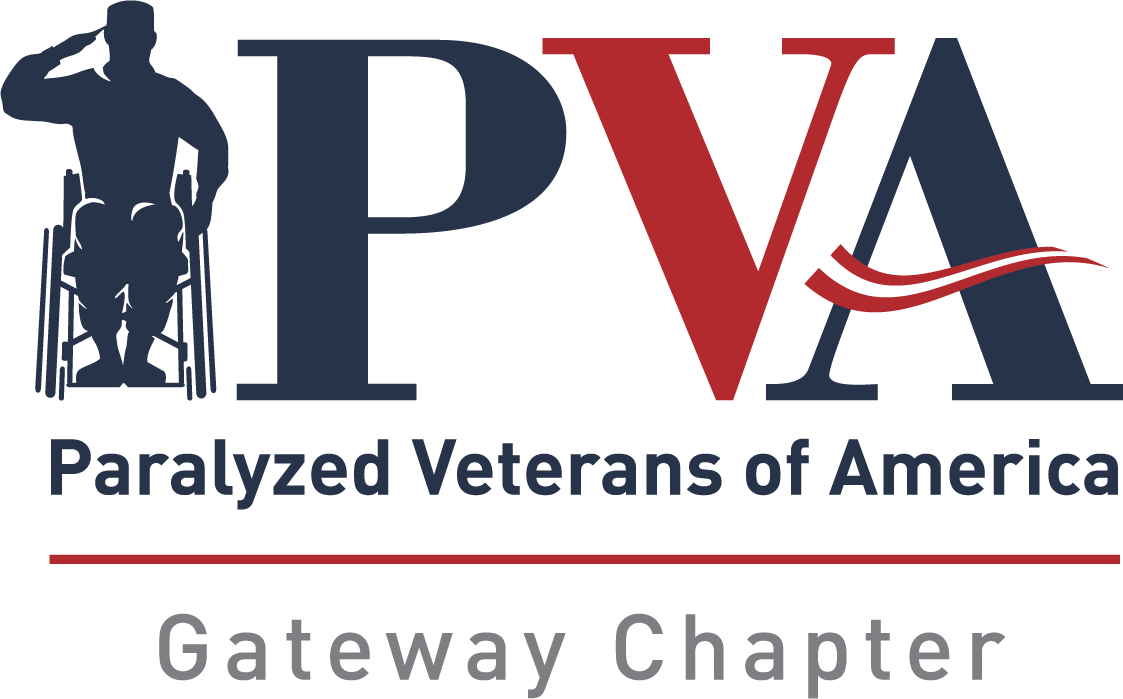by Jeremy Lile, National Service Officer II
Growing up in the Midwest, I was never a fan of all the snow and ice that comes with it. I did not see it as a beautiful winter wonderland, but more of an inconvenience accompanied with unpleasant and unsafe conditions. Then I went to Basic Training at Fort Knox (Kentucky) in January. As a result, I learned quickly that spending a lot of time out in frigid temperatures is never a good idea. Thus, implementing additional safety measures when the weather becomes dangerously cold will help us all survive the winter’s wrath.
According to the National Weather Service, more than 950 Americans died due to cold weather from 1989 to 2019. Prolonged exposure to bitterly cold conditions without proper clothing can increase the chances of frostbite and hypothermia. Practicing proper cold weather safety and understanding the warning signs can help decrease the dangers. Hypothermia (abnormally low body temperature) and frostbite (freezing of body parts) can occur when an individual is exposed to extremely cold temperatures. Symptoms of hypothermia and frostbite can vary based on age, health, diet, and amount of outdoor activity. These dangers can be avoided by practicing the following tips:
• Stay indoors as much as possible and try to minimize travel. If traveling cannot be avoided, create a vehicle emergency kit in case of accidents or becoming stranded.
• Follow the manufacturer’s instructions of any alternative-heating sources being used at home, such as space heaters. Always turn off alternative-heating sources before going to bed or leaving home.
• Take frequent breaks in a warm shelter while working outdoors. It also helps to drink warm (noncaffeinated) beverages and eat high-calorie foods during these breaks.
• Remember to never leave animals, especially pets, outside without adequate shelter.
Driving in the St, Louis area as well as in the rural areas is always an experience. Sometimes the roads are nice and clear, while other times they look as if they have not been touched. And so, if you must go out and drive somewhere, let someone know your destination, your route, and when you expect to arrive. Before leaving the house, listen to local weather reports, or call the state highway patrol for the latest road conditions. Lastly, be on the lookout for sleet, freezing rain, freezing drizzle, and dense fog, which can make driving even more hazardous.
If you know of people that have no where to go, there are warming centers all over Missouri. Here is a link that will help locate the warming centers in your area: https://www.stlouis-mo.gov/live-work/ warming-centers.cfm
As always, feel free to call your local NSO for any VA/PVA related questions.
